Questionabout a week ago i added some new fish(two platys) and my other two rummy tetras got ick... so i have been treating them for the past week... a few days later 1 of the rummy nose dyed.. it was pretty bad so i didn think anythign of it.. now out of no where a platy has a little ich and i had three neon tetras dye in 1 day! and now my other rummy nose and my other neon dyed today! what am i doing wrong??? i think i am feeding them an okay amount i have researched that... should i replace some of the water? i only have 1 neon left is it going to dye?... all the fish have seemed fine and they are jusy dyeing for no reason! everything looks normal! They dont even have teh ick!
AnswerGood evening Sam, thank you for your question.
There actually is a reason your fish are dying - your aquarium is not cycled yet. You're going to need to do some reading on your own to understand the basics of keeping fish - a book would be right up your alley. "The Simple Guide to Keeping Freshwater Aquariums" by David E. Boruchowitz would be a good place to start. I will also include a list of websites for you at the end of this text.
Cycling refers to the nitrogen cycle, see here:
http://freshaquarium.about.com/cs/biologicalcycle/a/nitrogencycle.htm
What this means is: beneficial bacteria colonize on the surfaces of your aquarium - your gravel and your filter media are the two main sites, but your water and aquarium glass also harbor this bacteria. What this bacteria does is break down raw waste (ammonia) into a less deadly form, nitrite. Nitrite is still toxic. Thankfully another sort of beneficial bacteria converts nitrite into nitrate, which is much less harmful to fish than either ammonia or nitrite.
Ammonia and nitrite are both toxic. A test kit will tell you where your levels are. Chances are, in your tank, the levels are high in both ammonia and nitrite. They need to be at 0 ppm, always - a healthy, cycled tank will never have any detectable levels of ammonia or nitrite.
A nitrate test kit will tell you where your nitrate levels are. A healthy, cycled tank does not have nitrate levels exceeding 20 ppm. Rummynose and neon tetras are sensitive fish and will do best in a tank with no nitrate levels present at all, or at least below 10 ppm.
Platies are generally hardy, but they prefer harder water with a bit of salt added to it. Rummynose and neon tetras do not care for hard water or salt, so you have two species that are not ideally kept together.
Understanding cycling is one part of the process. You don't mention how large your tank is, or whether you have any filtration, but you are going to need to develop a routine for regular maintenance to keep your tanks healthy once they have cycled. I'll outline it briefly for you:
Every week, you should change about 30% of the water. Perhaps less with light stocking, but this number is about right for most stocking levels. You will need to use a dechlorinator every time, Prime and Aqua Safe are examples of dechlorinators. Straight tap water is not safe for fish.
Every week, you should also rinse or replace the filter cartridges. Use a filter that incorporates some sort of biological filtration, or find a way to add biological media to your filter - ceramic rings are one example, look for "biological media" at your fish department. This media must always be rinsed in used tank water, not chlorinated tap water - chlorine will kill the beneficial bacteria!
Vacuum your gravel every two weeks to remove uneaten food and detritus. Check your water with a test kit at least once a week, you're going to need to check it about once a day during the cycling process. Let me repeat, no (new) fish should be added to the tank when it is uncycled!
Most importantly, Sam, is that you read to understand what is going on in your aquarium. A beginner book would really be best, because it has everything you need to know in one place. However I can't put a book in your hands, so I am going to give you some links. Please have a look at them to understand what is happening, you need to fix the (healthy seeming but actually *not*) environment in order to fix what is really the problem. Purchasing a test kit of your very own will be your first order of business.
http://www.wetwebmedia.com/FWSubWebIndex/fwsubwebindex.htm
http://freshaquarium.about.com
Guide yourself around these two sites, there is a wealth of information to be had in both, and they are searchable.
http://badmanstropicalfish.com/
http://fish.mongabay.com/
http://www.drsfostersmith.com/pic/category_home.cfm?N=2004&dept_id=0&siteid=6&ac...
http://www.peteducation.com/category_summary.cfm?cls=16&cat=1977
Have a look at these sites for helpful articles.
I've told you what the problem is, solving it will be up to you! Use test kits to monitor your water parameters and begin cycling your tank to save your remaining fish. Develop a maintenance routine for their long term health. Good luck, Sam. Reading and your independent research will determine your success in this hobby, I hope you succeed!
Nicole

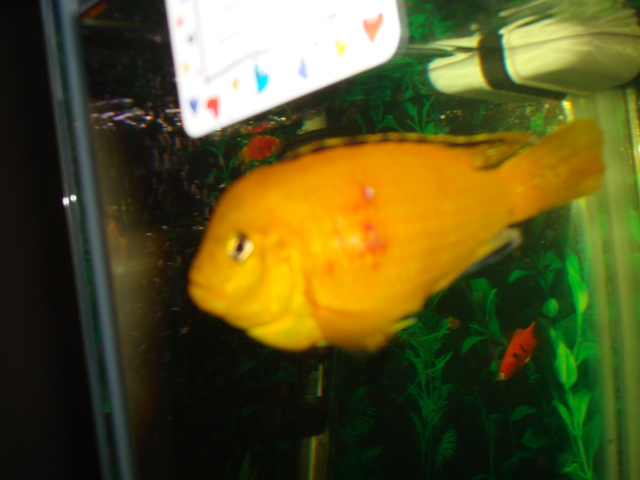 Biggie
Question
biggie
I have had these fish four about 3 year
Biggie
Question
biggie
I have had these fish four about 3 year
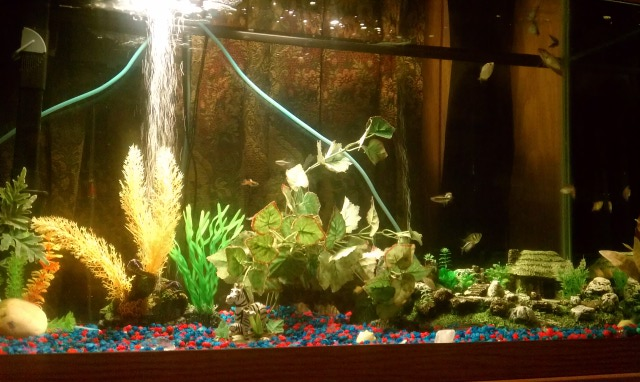 one to many fish in tank
Question
my tank
i have a 175gal freshwater tank
one to many fish in tank
Question
my tank
i have a 175gal freshwater tank
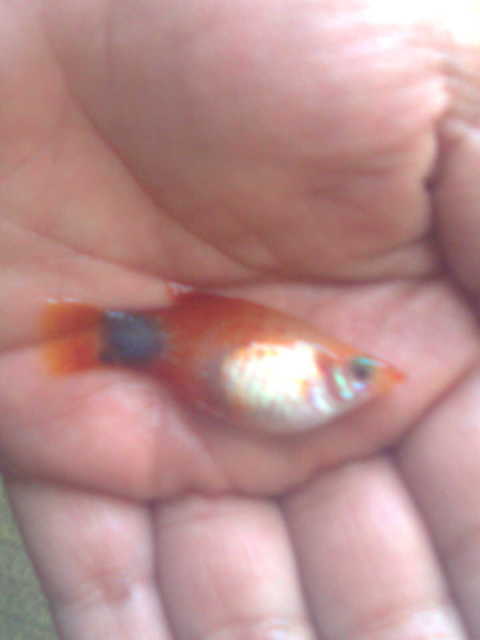 dont know the name of the fish and want to know about the fish food
Question
fish
Hi its me again. Yes, the parent fish are
dont know the name of the fish and want to know about the fish food
Question
fish
Hi its me again. Yes, the parent fish are
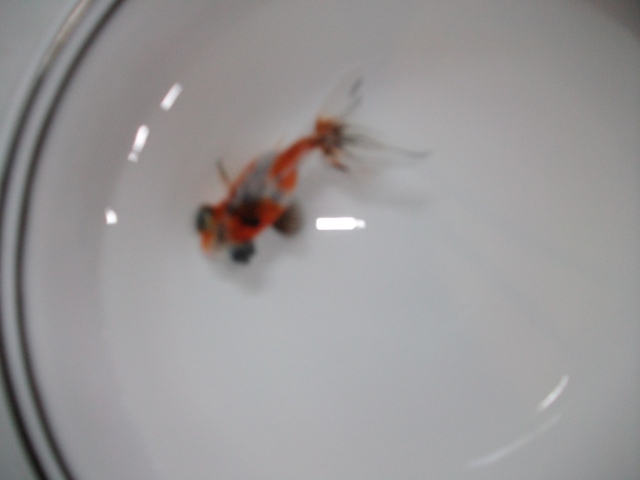 Missing Fin
Question
Herald
My Goldfish recently lost its right pec
Missing Fin
Question
Herald
My Goldfish recently lost its right pec
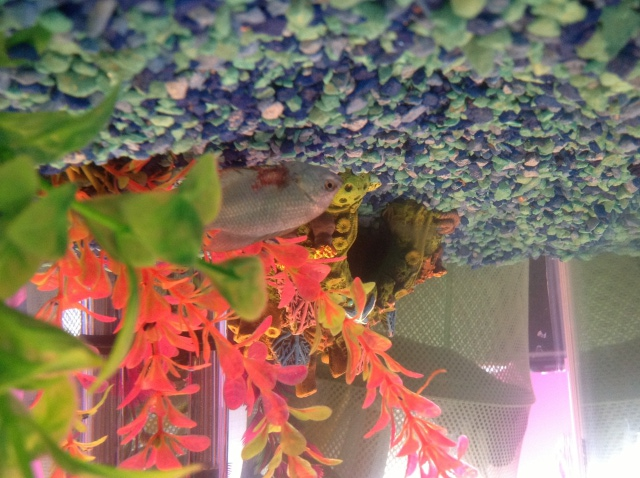 Gourami is sick/injured!
QuestionGourami
QUESTION: Hi,
We are new fish ow
Gourami is sick/injured!
QuestionGourami
QUESTION: Hi,
We are new fish ow